MeatEater Podcast ft. TRCP: Biden’s First 100 Days
One Response to “MeatEater Podcast ft. TRCP: Biden’s First 100 Days”
Do you have any thoughts on this post?
We all know that food plots help provide food and cover to our favorite game, but cover crops are different—they are legumes, grasses, grains, and root vegetables that are typically planted after row crops like corn and soybeans are harvested. Like food plots on a much larger scale, the benefits of cover crops to soil, water, and wildlife are significant.
Some benefits are obvious to farmers: If cover crops are not planted, a field might be left bare for up to seven months while waiting for the next row crop planting. And, as our nation learned during the days of the Dust Bowl, that bare soil is vulnerable to erosion caused by wind, rain, and snowmelt.
Losing healthy soil, even incrementally, is bad for business, like losing pennies on every dollar. And the problem worsens—both for landowners and for fish and wildlife habitat—when more than just soil runs off the farm in a rainstorm. Large amounts of nitrogen fertilizer end up in our rivers, lakes, and streams, causing catastrophic algal blooms that can keep you from being able to fish.
This is why one of the most popular features of the Farm Bill’s Environmental Quality Incentive Program is its incentives for landowners and farmers to incorporate cover crops into their planting rotation.
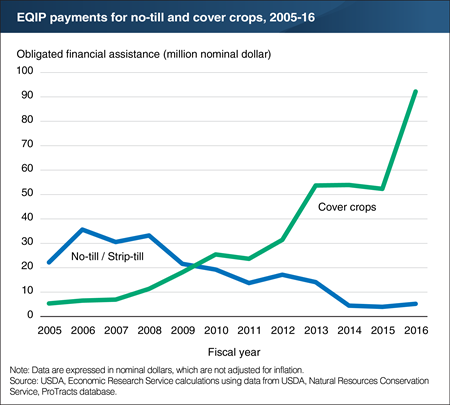
While cover crops improve farm fields and our favorite lakes and streams, they can also serve as prime habitat for a variety of our favorite critters. And farmers’ interest in cover crops is on the rise, because integrating soil health practices can help combat climate change by capturing more carbon.
Here are four standout cover crops and how they benefit fish and wildlife.
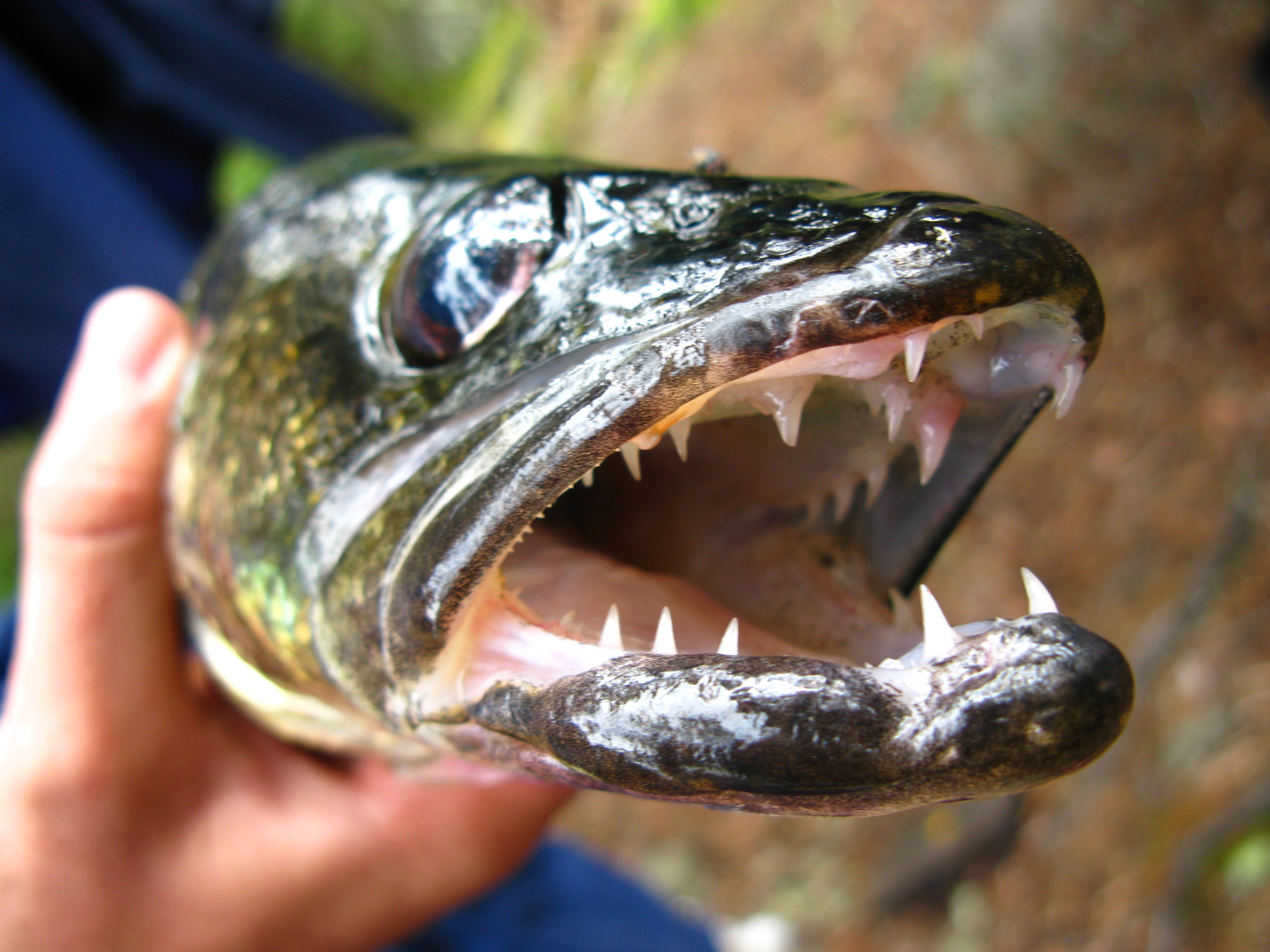
Algal blooms caused by nutrient pollution can put a damper on summertime fishing by limiting access and shortening seasons. From the Gulf of Mexico to Utah Lake, the Ohio River, and Vermont’s Lake Carmi, fish and anglers would benefit from the increased use of cover crops—like clover, radishes, winter wheat, and rye—that slow the incremental loss of nutrient-rich topsoil.
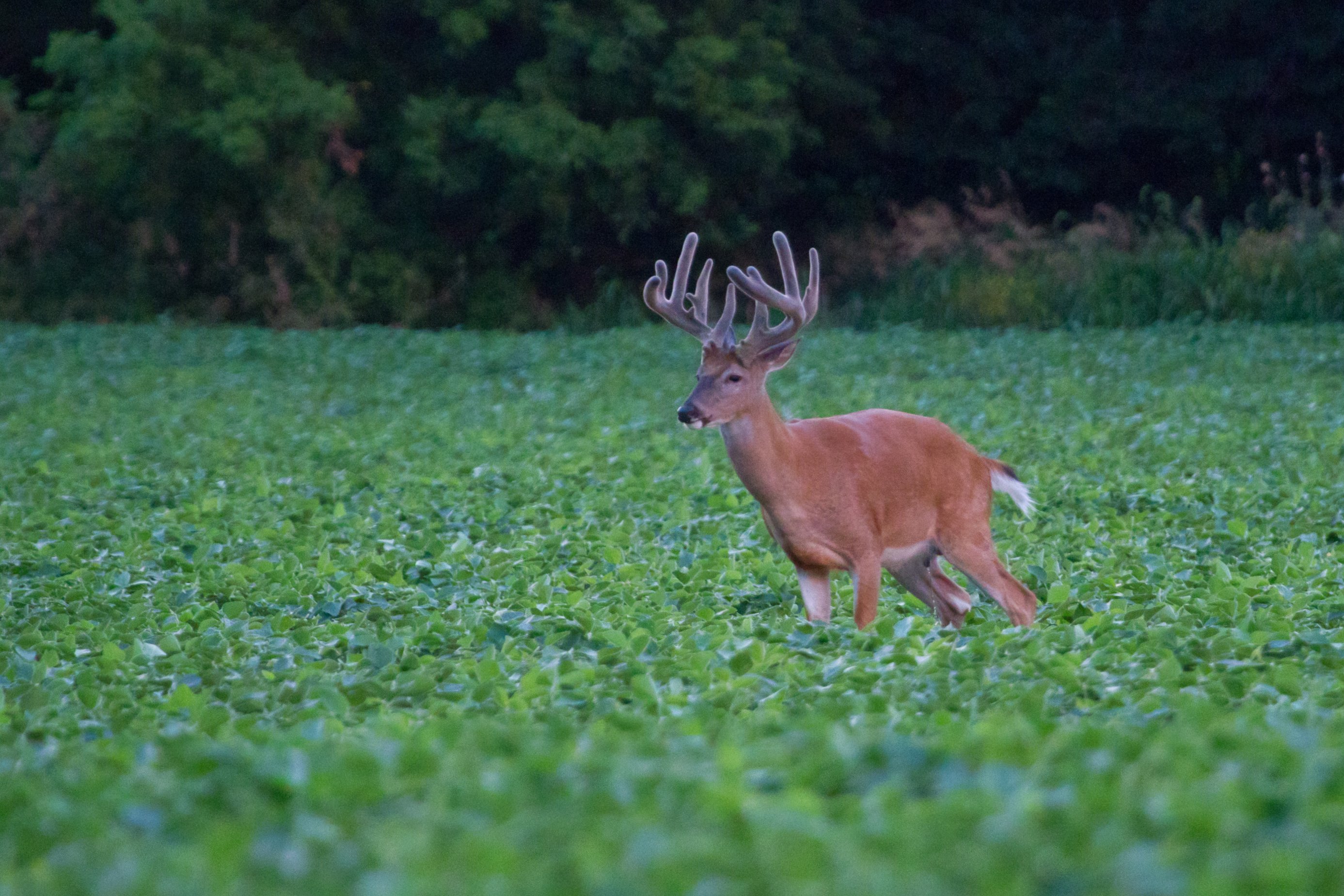
As our friends at QDMA can attest, radishes can make great food plots for whitetails. Deer are attracted to them during the fall and especially during late season when other foods are typically scarce. During the winter months, the large tap root can provide much needed energy to those post-rut bucks. The tap root also serves as a natural tiller as it drills down and breaks up compacted soil, reducing the need for a field to be heavily tilled before the primary crop is planted.
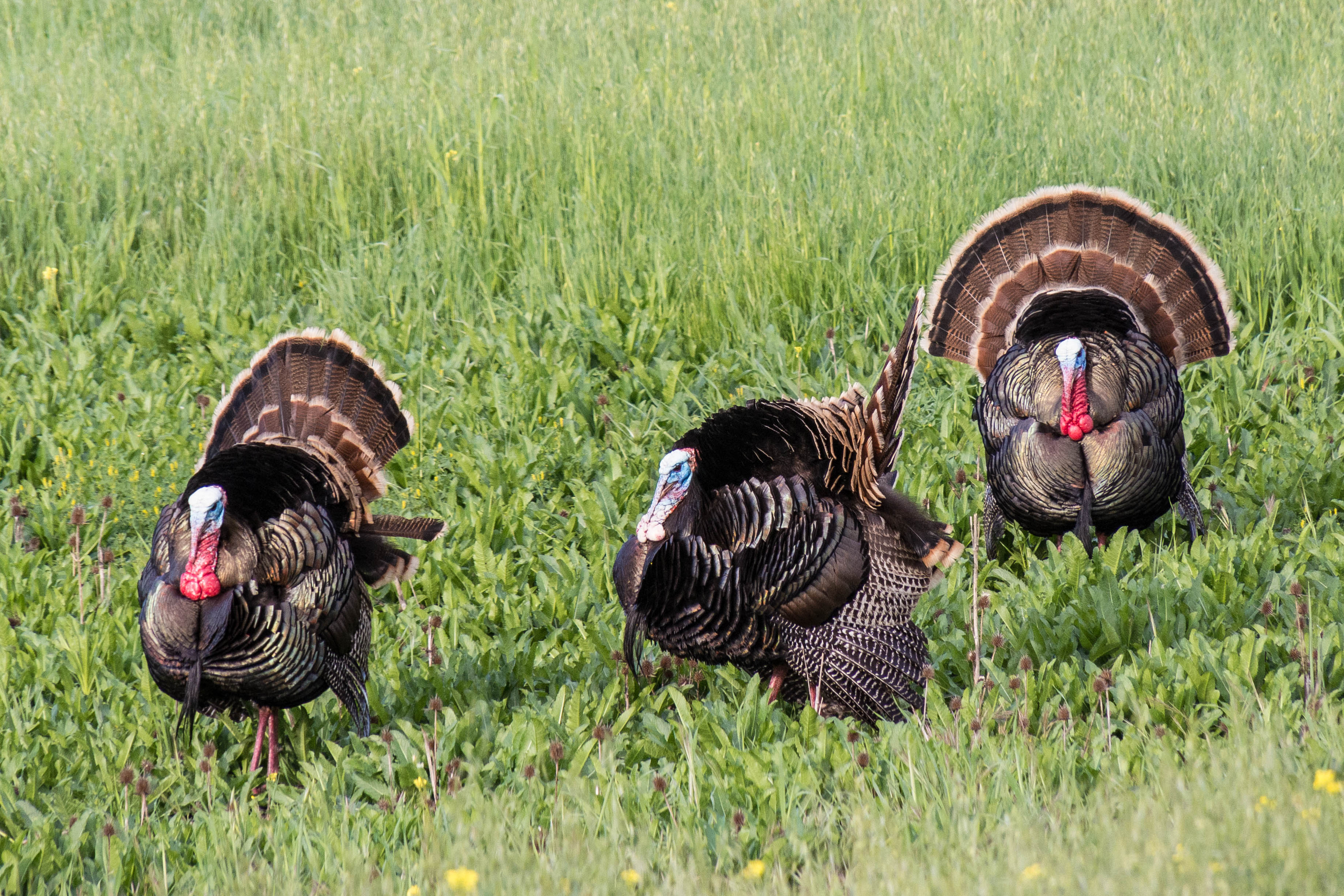
In the spring, clover and alfalfa are great sources of protein for wild turkeys, and they attract some of the bird’s favorite insects to help draw gobblers out of the hardwoods. In the late season, turkeys will appreciate the hearty meal provided by grains like winter wheat, that also help prevent soil erosion between planting seasons.
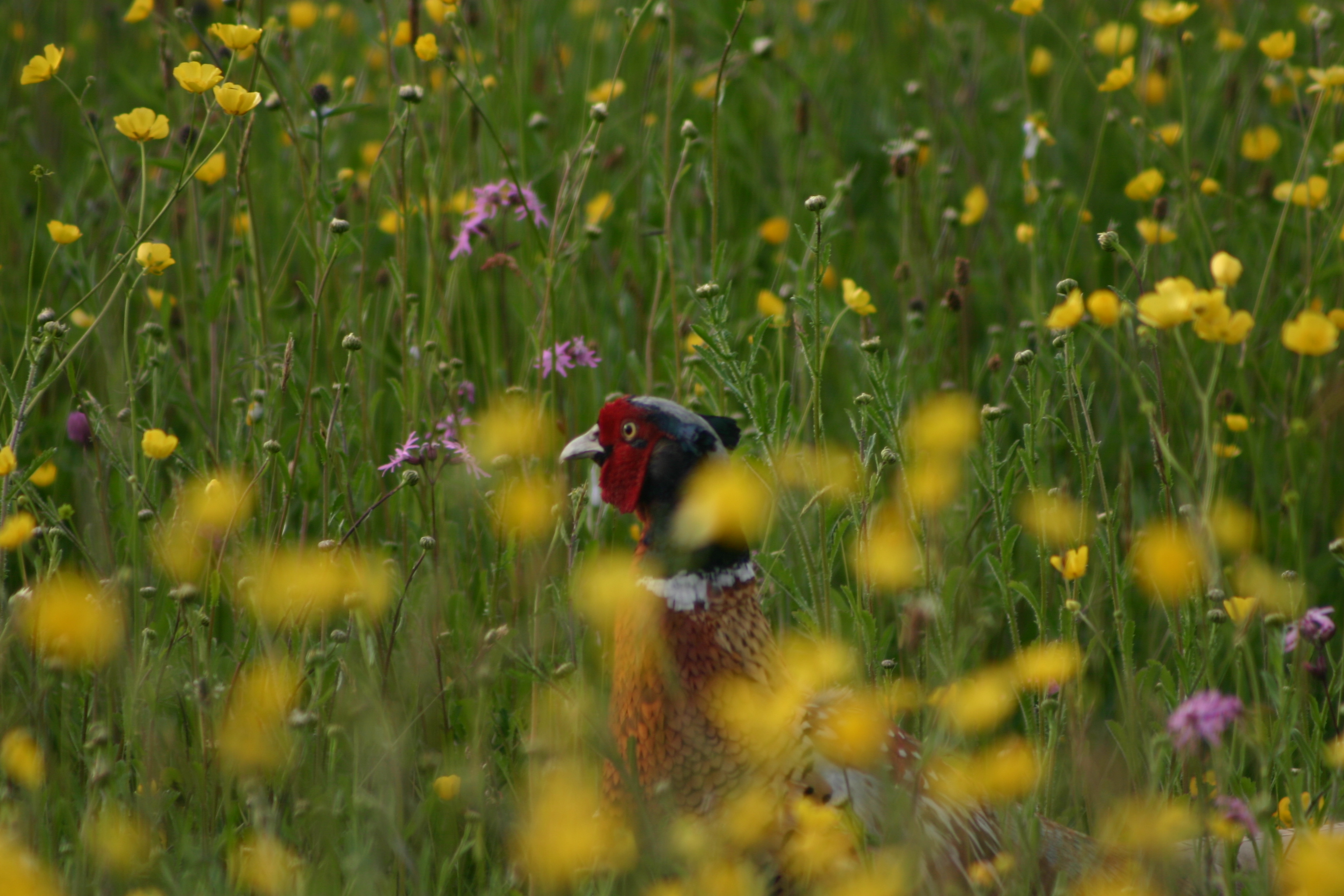
For pheasants and quail, various cover crops like clovers, rye, and brassicas can provide some nesting and brood-rearing habitat so long as they are not tilled or sprayed during the nesting/brood rearing season. Cover crops that mature in late summer and early fall as the commodity crop is growing, will also provide both forage and bugs into fall after the crop is harvested.
Learn more about Farm Bill conservation programs here.
This story was originally posted on May 2, 2018 and has been updated.
The prairie pothole region—which spans the Dakotas, Minnesota, and Iowa—is known for being the most productive waterfowl habitat in the world. The prairie potholes themselves are depressional wetlands that filter rain and snowmelt each year, some appearing on the landscape seasonally and others lasting all year. Together, the thousands of these wetlands serve as habitat for more than half of North America’s waterfowl. They are also central to the hydrology of the Northern Great Plains and provide some of our nation’s most high-value carbon sinks.
More than three decades ago, Congress saw the wisdom in conserving wetlands and ensured that landowners who converted or destroyed them wouldn’t be eligible for farm bill benefits. This policy, which has traditionally been referred to as “swampbuster,” was a good idea then and remains a good idea today. Hunters and anglers have supported this kind of accountability for decades, but to be truly effective and keep at-risk wetlands on the landscape, sound legislation isn’t enough.
We need credible agency implementation of compliance checks, as well. Ideally, compliance checks target wetlands at greatest risk to conversion and ensure that natural wetlands continue to serve their ecological function. But this may not be happening.
Last week, the Government Accountability Office released a study that revealed U.S. Department of Agriculture wetland specialists only reported a fraction of the wetland compliance violations that they encountered. Of the 417,000 tracts of land subject to swampbuster in the Dakotas, the GAO found that the Natural Resources Conservation Service had reported less than five violations between 2014 and 2018, indicative of a nearly non-existent enforcement regime.
NRCS wetland specialists explained that they do not report potential violations unless it is on a tract of land being inspected. Any wetland drainage visible across property lines, in view of the road, or on aerial imagery is not reported because doing so would undermine the relationships between landowners and the NRCS field staff providing technical assistance.
In short: The NRCS doesn’t want to be the bad guy, and wetlands get drained as a result.
Other farmers don’t want to the bad guys, either. The GAO study revealed that Farm Service Agency-run county committees, which are made up of neighboring landowners tasked with assessing good faith attempts at compliance, approved appeals on violations at wildly differing rates across county and state lines and often without clear justification.
This isn’t the first time there has been an issue with USDA’s enforcement of wetland compliance. In 2017, the agencies responsible were referring to outdated maps rather than going on real-time site visits to confirm wetlands were not being drained.
And this week’s report unveiled other complications. NRCS offices in all four Prairie Pothole Region states failed to follow the agency’s guidance to conduct annual quality control reviews from 2017 to 2019. The officials from NRCS headquarters in Washington, D.C., who are directed to oversee these reviews, were not involved.
Finally, despite the agency’s own guidance handbook, the NRCS selected properties for compliance checks—just one percent of the total lands subject to enforcement—based on random selection and not based on which lands are at highest risk of conversion. According to the GAO, between 2014 and 2018, the NRCS carried out compliance checks on 5,683 tracts in the four PPR states, that’s just over 0.5% of those subject to wetland compliance.
With its report, the GAO included a set of recommendations for the agency to improve their effectiveness in the field, available here. But sportsmen and sportswomen should demand that anyone compromising wetlands habitat, especially when it supports so many of our hunting and fishing opportunities within the PPR region and beyond, should not be able to benefit from the farm bill.
High commodity prices in the early 2010s resulted in record numbers of wetland determination appeals, as landowners sought to put more acreage into production. As agricultural markets recover from the COVID-19 pandemic, the pressure on prairie potholes and wetlands is only going to increase. We cannot afford for the USDA to turn a blind eye as bad actors take advantage of farm programs and the American taxpayer. The TRCP and its partner organizations will continue to work with Congress and USDA leadership to develop and bring to bear the policy and culture changes necessary to stem this tide of habitat loss.
Image courtesy of the U.S. Fish and Wildlife Service
Four League Bay might be the most remote destination on Louisiana’s coast. Even with a 300-horsepower outboard pushing a 24-foot bay boat, the ride from Terrebonne Parish’s Falgout Canal west to Four League takes nearly an hour of weaving through fresh and brackish marshes, bayous, lakes, and bays. Most of them are slalom courses of crab-trap floats. Alligators spring from the banks, and blue wing teal headed back to the Dakotas from their wintering grounds in Central and South America take flight.
My good fishing buddy Todd Masson and I had been trying to get on the boat with Capt. Lloyd Landry for nearly two months, cancelling and rescheduling throughout the early spring as strong thunderstorms and unseasonably cold fronts pushed through Louisiana. Had we known that tropical storm and hurricane-force winds would sweep across the area just a couple hours after we returned to the marina, we might have cancelled again.
That day, the forecast gave us about a 5-hour window before thunderstorms were due to arrive. So, we put a stiff southeast wind at our backs and headed to some of the most unmolested, beautifully intact marsh in all of Louisiana to catch some hard-pulling, drag-screaming redfish.
Many Louisiana anglers write off Western Terrebonne Parish, especially the marshes and shorelines of Four League Bay, during the spring because the area is inundated with freshwater pouring from the Atchafalaya River. The assumption is that the 240,000 cubic feet per second of fresh, sediment-rich water that is building new marsh annually in the Atchafalaya Delta chases away the redfish and speckled trout.
The annual floods that scare away some coastal anglers are the exact reason the area teems with fish and the marshes are so healthy and intact. The nutrient-rich freshwater from the river mixes with the Gulf’s saltwater, creating a diverse forage of shrimp, crabs, pogies, crawfish, bluegill, mullet, and an assortment of other prey. The suspended sediment in the river water feeds the marsh, giving it a more stable soil structure for plants to root and submerged grass beds to grow.
It’s the perfect environment for fat, healthy redfish.
We picked a protected shoreline about seven miles from the river’s mouth. A handful of casts and Masson connected with a thick 20-inch redfish. A minute later, a bruising 29-inch red crushed a soft-plastic grub at the end of my line.
That pattern continued throughout the morning as Landry guided us into protected pockets and shorelines, picking away at healthy, well-fed redfish and black drum until the thunderstorms pushed us east to the marina just after noon.
Had the winds not limited our search area, we were set to chase speckled trout as well. Landry had been catching them in open lakes and bays as they transitioned from wintering grounds in interior marshes into their spring and summer feeding and spawning areas in the Gulf of Mexico.
We had options. Despite the strong winds that kept most anglers off the water that day, the benefit of healthy marshes laden with submerged freshwater grasses is that there are ponds and protected shorelines to duck into and hide—this works well for both fish and fishermen.
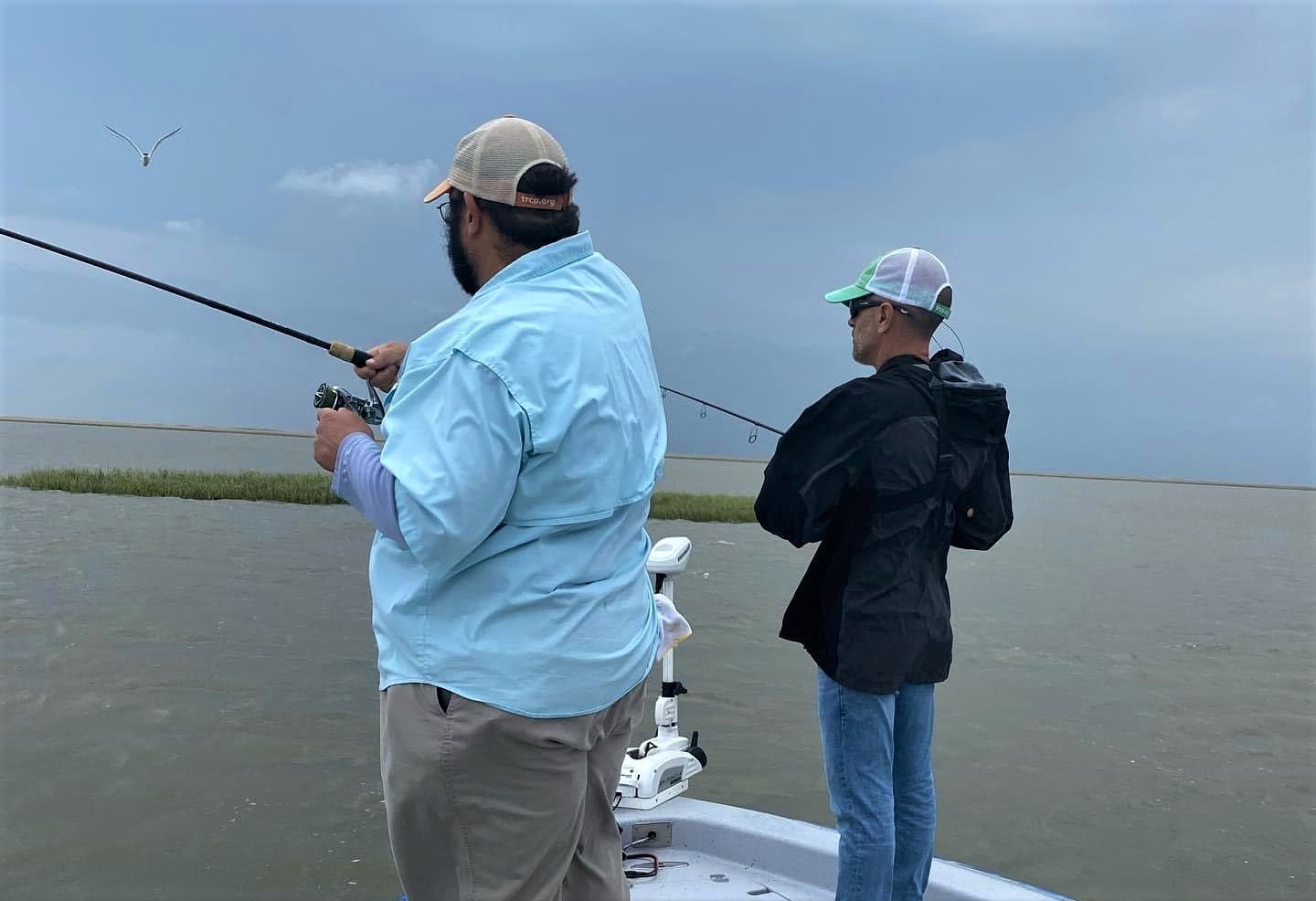
In far too many places along Louisiana’s coast, the options are running out. Marshes that have been cut off from annual, life-giving Mississippi River sediment by levees are more vulnerable to erosion from hurricanes or any other high-wind events. They are sinking below the water line, too, as seas gradually rise while the marsh subsides.
Nearly 2,000 square miles of wetlands, some of the most productive fish and wildlife habitat in the world, have been lost in the Mississippi River Delta, especially the basins between the mouth of the Mississippi and Atchafalaya Rivers, in the last century. To stem that loss and build back some marsh, the state of Louisiana is moving toward construction of sediment diversions both east and west of the Mississippi River below New Orleans. These structures will help to mimic the annual flooding that is sustaining and growing the marshes near the Atchafalaya River’s mouth—the processes that originally built all the marshes, swamps, and barrier islands of South Louisiana.
Some anglers and commercial fishermen are objecting strongly to the projects, claiming the freshwater will eliminate fishing. But there are few options for fixing this broken system other than using every single available sediment resource, especially the suspended sediment that comes with annual floods along the Mississippi and Atchafalaya rivers. Without reconnecting the Mississippi River to its delta, another 500 square miles of wetlands could be lost in the next century.
Anglers and fish have had to adjust to losing habitat far too frequently over the last 50 years in coastal Louisiana. Making adjustments as we regain habitat is something that I, and many other anglers, welcome.
Anglers need options. Without sediment diversions and all other efforts to rebuild and sustain our coast, we just might run out.
The Biden Administration announced a plan to conserve, connect, and restore 30 percent of the nation’s lands and waters by 2030. The “America the Beautiful” initiative is a ten-year conservation and restoration plan that focuses on public, private, and tribal lands and waters.
“We appreciate the administration’s focus on fostering collaborative solutions to conserve our lands and waters, while including feedback from sportsmen and sportswomen,” said Whit Fosburgh, president and CEO of the Theodore Roosevelt Conservation Partnership. “Whether it be climate change or public access or habitat loss, the issues facing our outdoor places are multi-faceted and require thoughtful leadership. As this plan continues to take shape, the details will matter, and the hunting and fishing community is ready to bring solutions to the table.”
The plan is a combined effort between the Departments of Interior, Agriculture, and Commerce and the Council for Environmental Quality. Early recommendations include many of TRCP’s priorities, including:
“The ambition of this goal reflects the urgency of the challenges we face: the need to do more to safeguard the drinking water, clean air, food supplies, and wildlife upon which we all depend; the need to fight climate change with the natural solutions that our forests, agricultural lands, and the ocean provide; and the need to give every child in America the chance to experience the wonders of nature,” the plan states.
More information on the 30 by 30 plan can be found here. The TRCP participates in a coalition of hunting and fishing organizations committed to conserving global biodiversity called Hunt Fish 30×30.
Theodore Roosevelt’s experiences hunting and fishing certainly fueled his passion for conservation, but it seems that a passion for coffee may have powered his mornings. In fact, Roosevelt’s son once said that his father’s coffee cup was “more in the nature of a bathtub.” TRCP has partnered with Afuera Coffee Co. to bring together his two loves: a strong morning brew and a dedication to conservation. With your purchase, you’ll not only enjoy waking up to the rich aroma of this bolder roast—you’ll be supporting the important work of preserving hunting and fishing opportunities for all.
Learn More


Very interesting take on Biden’s first 100 days in office by an avid outdoorsman and conservationist! Thanks